When you bring a new houseplant home, you should make sure whether it is toxic for children and pets along with what makes it toxic such as ingesting it, touching it, etc.
Read on to see which plants are dangerous to have in your home.
How Poisoning Can Happen
House plants are beneficial and can help clear the air, soothe our minds, and add beauty to a room but not at the expense of your children or pets getting sick and possibly dying. You should keep plants up out of the reach of children and pets but this not always possible.
You can get poisoned by:
- Ingesting blossoms, roots, or berries
- Touching or eating the leaves
- Skin contact with juices or sap
- Drinking water from the plant tray
- Eating the soil
While some of these reasons seem extremely bizarre, people may have done these things.
8 Poisonous Houseplants for Pets and Children
Philodendron: This is one of the more popular houseplants to have in a home because it is easy to grown but it contains calcium oxalate crystals, which is the plants response to surplus calcium. Some philodendron is vining plants so make sure that children and pets cannot reach the vines.
If you ingest it, it will have mild side effects like swelling of the digestive tract and mouth and skin reaction. On pets, the effects are more serious with possible seizures, swelling, and pain. It is more toxic to cats.
1. Arrowhead Plant
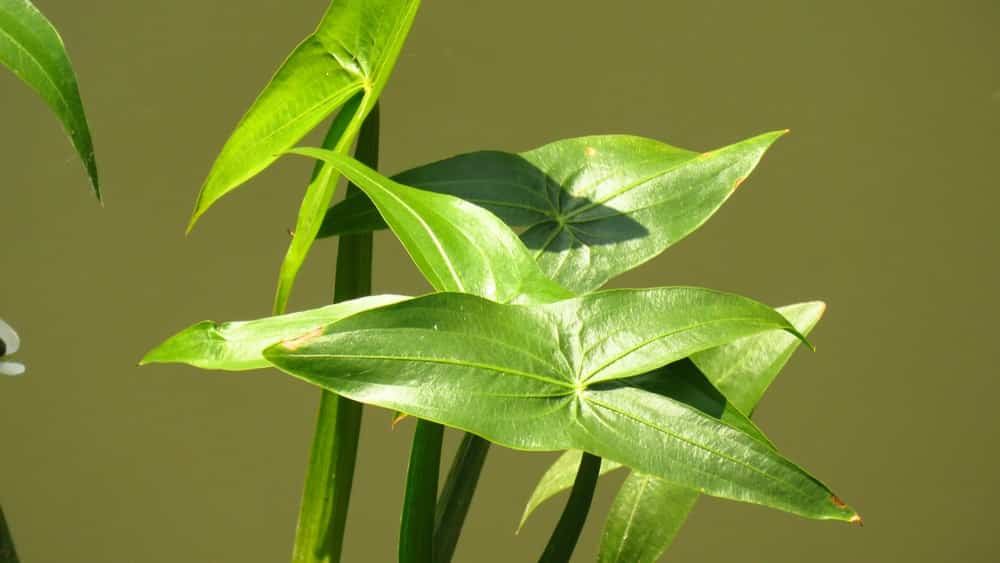
This plant is related to the philodendron but it is bushy with heart-shaped leaves. This plant is constantly shedding its leaves so you need to make sure that no fallen leaves are lying around. In children and pets, it can irritate the skin, cause an upset stomach, and vomiting.
2. Pothos
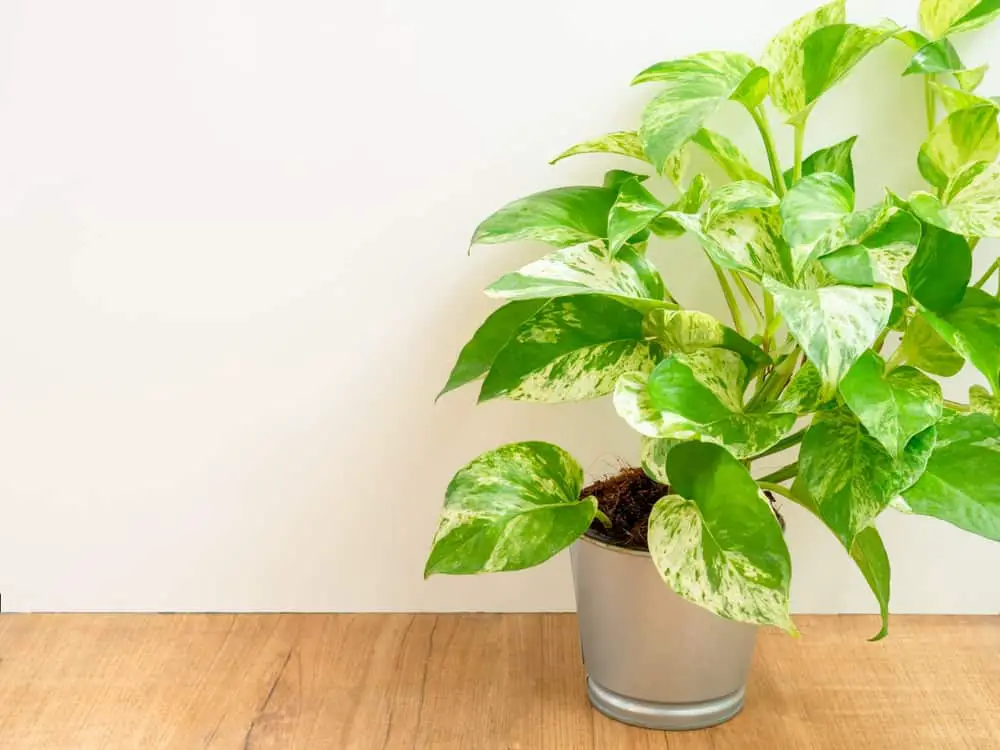
This plant is also called Devil’s Ivy. It has air purification abilities and beautiful variegated leaves. It is said to be one of the best plants to remove impurities in the air. In small quantities, it is considered mildly harmful but sometimes there are serious side effects in children and pets. It can cause skin irritation, burning of the mouth, and swelling of the throat, lips, and tongue. In pets, it can cause drooling, choking, difficulty breathing, and more. It can even cause death.
3. Lilies
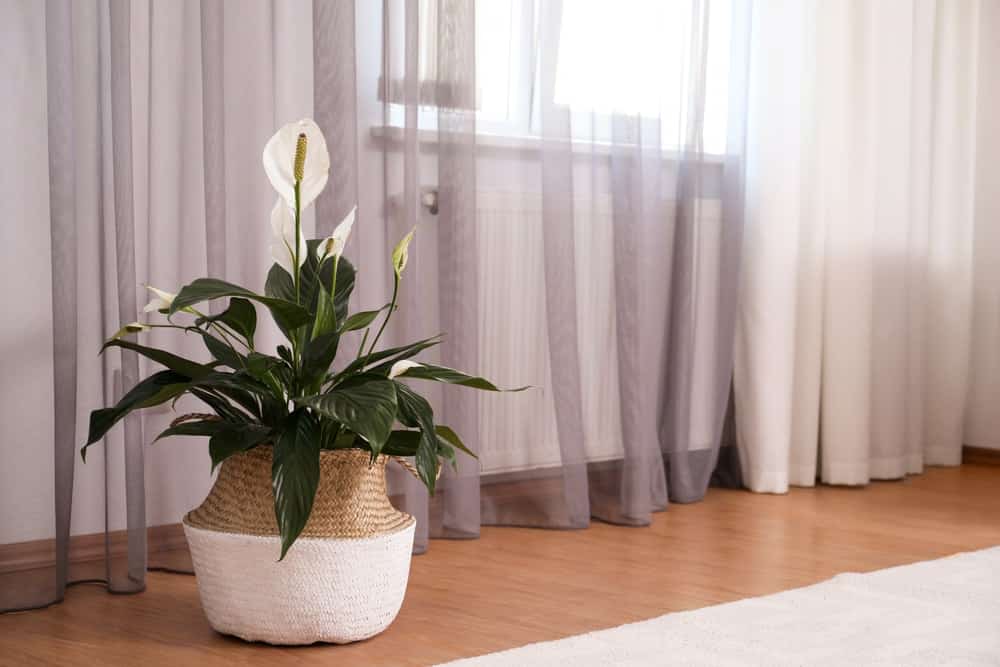
This also includes plants that are called lilies. These are beautiful flowers and not all lilies are toxic. There are also some that are more toxic to animals, especially cats but not that toxic to humans. It is best to keep all lilies out of reach and if planted outdoors, plant them away from play areas.
Each lily will have different symptoms but general symptoms include stomach upset, skin irritation, and headache in children. Although it is toxic to pets, it seems more toxic to cats. All parts of the plant are thought to be toxic and some symptoms can include lack of appetite, lethargy, vomiting, and even death.
4. Dieffenbachia
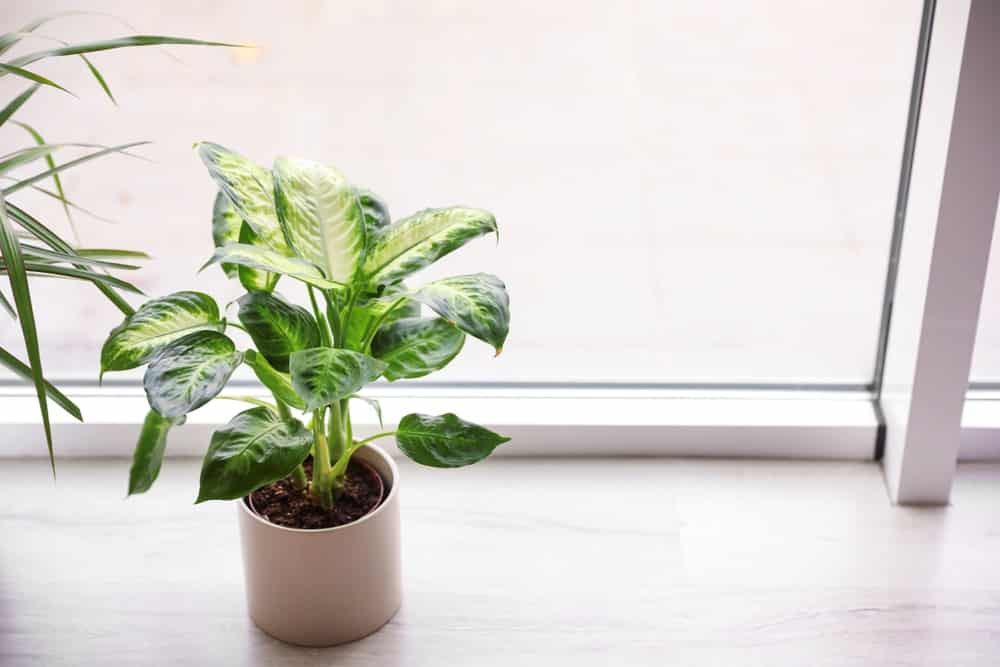
This is also known as dumb cane and it is also related to the philodendron and contains the oxalate crystals also. They have fleshy solid green leaves and thick stems. This plant is usually kept in pots on low pedestals or the floor so this is more likely to be ingested. In children and pets, this can cause burning sensation, numbing and swelling in your throat, salivation, and more.
Also read: Are Rubber Plants Toxic to Cats? Will My Cat Eat Them?
5. Peace Lily
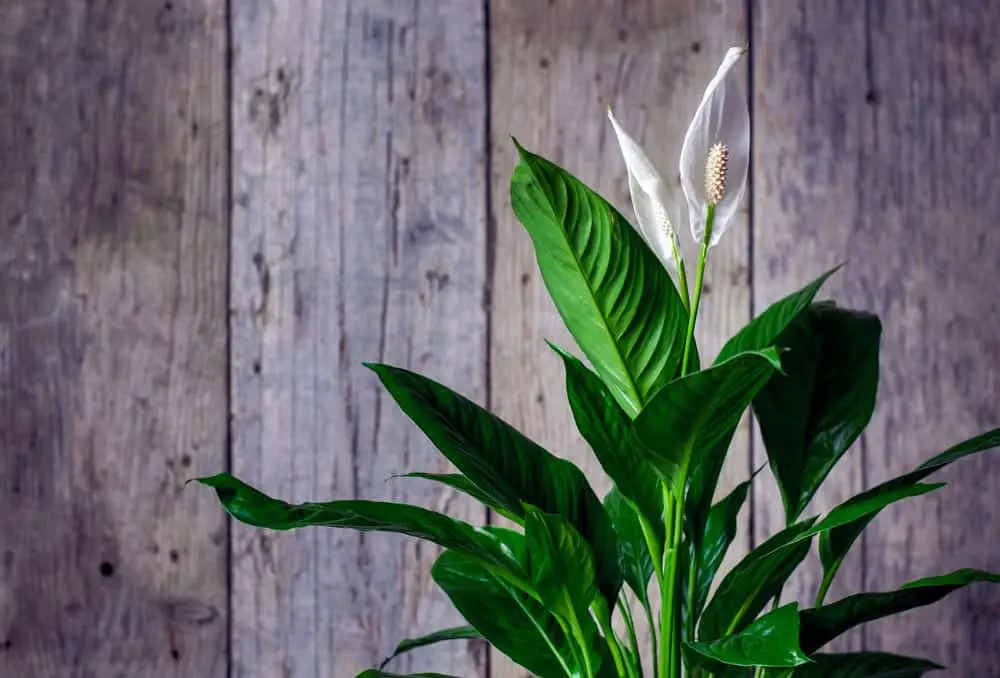
This is not a true lily and is really an evergreen perennial from South America. It has a unique white bloom and glossy leaves. They are great air purifiers. For children, it can cause burning and swelling of the tongue, mouth, and lips, nausea, vomiting, and more. In pets, it can cause burning mouth, dehydration, lack of appetite, and more.
6. Caladium
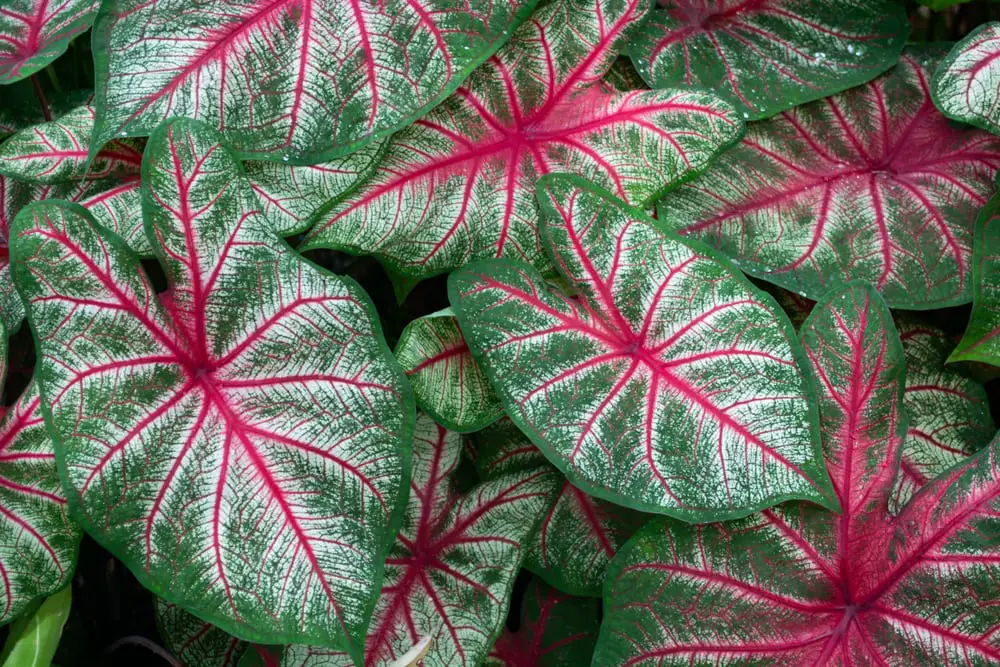
This is another plant from South America with foliage that is long-lasting. They are also known as elephant ears. All parts of this plant are toxic to pets and children. In humans, they might experience swelling and painful burning of the throat, mouth, tongue, and lips. Pets might experience nausea, staggering, drooling, and more.
Learn more: How to Grow Houseplants in Water
7. Oleander

This plant looks so innocent and delicate but it is really so toxic that even ingesting the honey that is made from the nectar can cause symptoms. With as little as one leaf eaten, there have been reports of death in adults but most happened after ingesting large amounts. Children are very susceptible to this plant. In children, it can cause arrhythmia and dizziness and in pets, it can cause vomiting and arrhythmia.
This can be a climbing plant or you can use a hanging basket or sit the planter on a table and let it hang down. In children, you may see severe skin irritation, and if ingested it could cause burning in your throat and mouth, fever, and rash. Generally, the symptoms are only severe if you ingest a large amount of the plant. In pets, it can cause hyperactivity, staggering, vomiting, and more.
8. Snake Plant
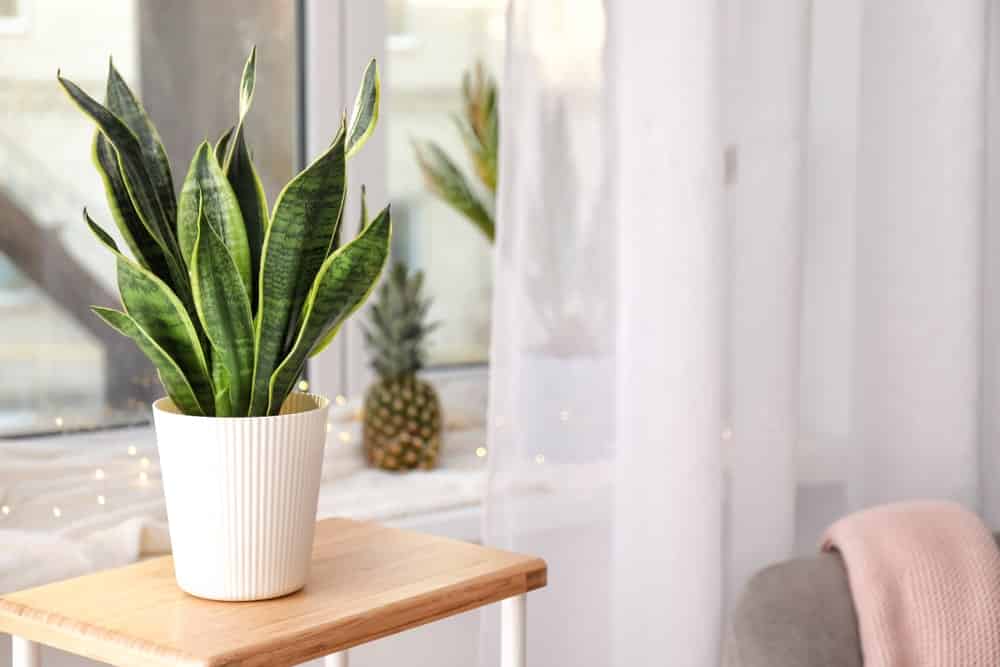
This is also known as mother-in-law’s tongue and has leather, sword-like leaves. For children, the toxic level is low and produces short-lasting symptoms like nausea, mouth pain, and more. Although it can cause skin irritation, it is more toxic if ingested. For pets, you may see excessive salivation, vomiting, diarrhea, and more.
Similar post: Can Houseplants Survive in the Dark?
Conclusion
Many times garden centers do not provide warning labels so you need to know which ones are toxic and which ones are not. It is a good idea to label your planters with the name of the plant and if it is toxic or not. This will help you and everyone else know if it is or is not toxic and help prevent accidents.
If it is a plant that sheds its leaves always make sure that you pick up any dead leaves that are on the floor. If the plant can irritate your skin wear gloves to protect your skin. Taking precautionary measures will help to save a possible allergic reaction.
Further Reading:
- 8 Mistakes That Can Kill Your Houseplants
- 15 Pet-Friendly Houseplants
- How to Identify & Houseplant Pests
Victoria is the owner and main author of hobby plants. She loves spending her free time in her garden planting and taking care of her plants. Victoria hopes you enjoy the content here!